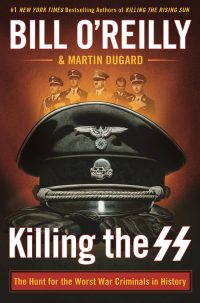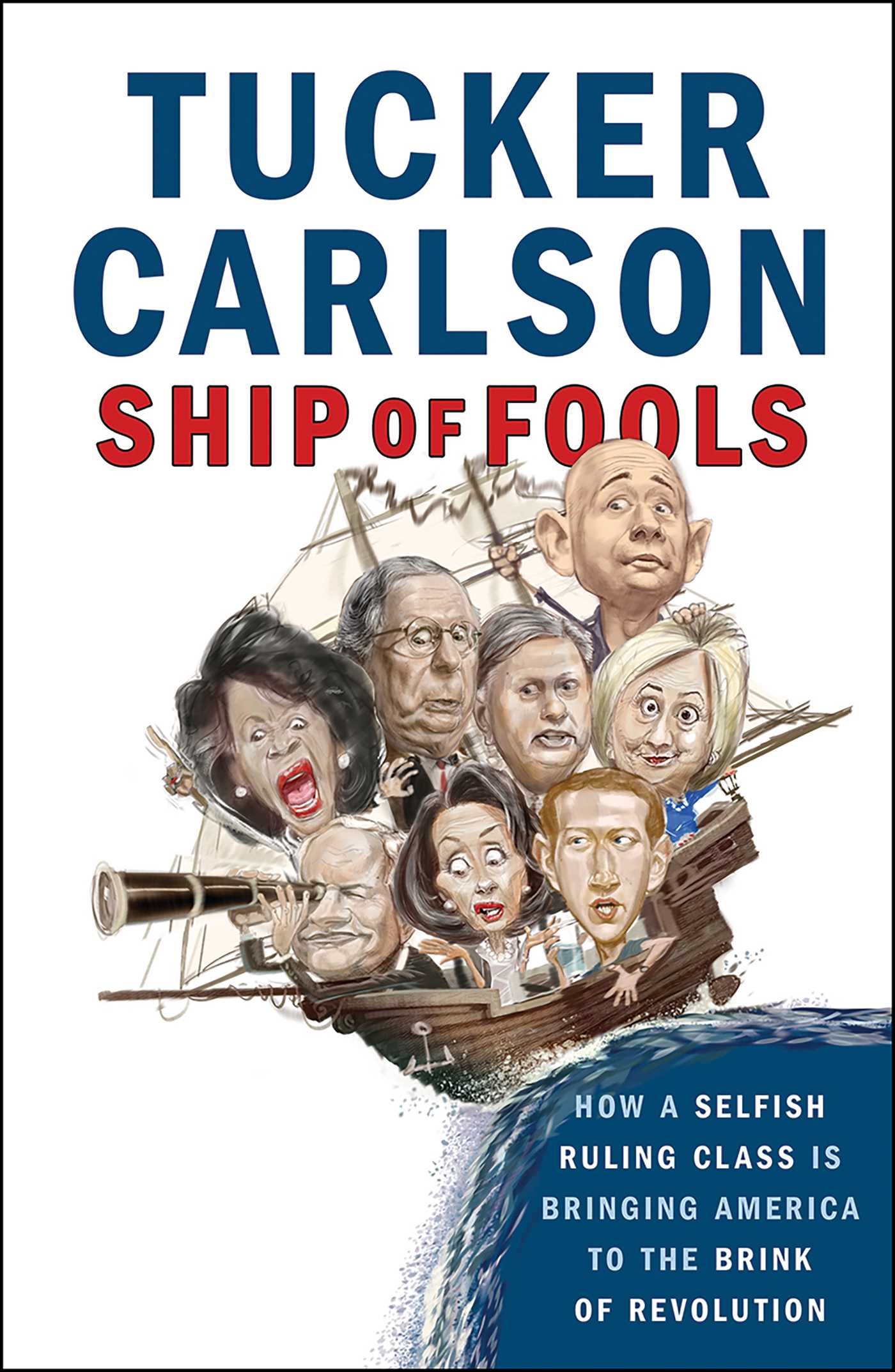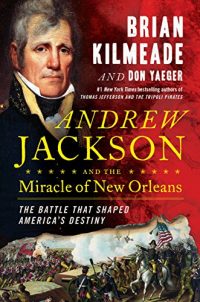American Sniper: The Autobiography of the Most Lethal Sniper in U.S. Military History
**Exclusive Author Interview with Chris Kyle**
”One shot, one kill” is the creed of military snipers. For those in elite warfare units such as the U.S. Navy SEALs, the additional skill of being able to quietly infiltrate an enemy’s area undetected in order to deliver precision fire is mandatory. Working in proximity to where adversaries are operating, and being expected to survive in order to be deployed to additional firefights, is a given.
“American Sniper” is retired Navy SEAL sniper Chris Kyle’s gripping and dramatic account of how he became the deadliest sniper in U.S. military history, with more than 160 officially confirmed “kills” in the Iraq War from 2003 to 2009.
Mr. Kyle’s early life and military exploits read like a thrilling adventure movie. Growing up in Odessa, Texas, he hunted animals with a bolt-action 30-06 rifle and had a talent for “breaking” horses. While in college, Mr. Kyle became a proficient enough horseman to earn money as a professional bronco rodeo rider until he was injured when a bronco flipped over him. With an interest in becoming a ranch manager, he started out as a ranch hand and eventually made his way to Colorado. On a second try to join the Navy, a recruiter called to ask whether he was interested in becoming a SEAL.
Joining the Navy in February 1999, he began the rigorous physical training program required to become a SEAL. He ended up as one of the 10 percent of the starting class to graduate. After additional advanced training, he was selected to SEAL Team 3, based in Coronado, Calif., whose teams saw action in the Middle East.
Of particular interest is Mr. Kyle’s explanation of how the military services’ special operations units operate, with each having a specialty. The Army Rangers, for example, make up a large assault force, while SEALs operate as quick surgical strike forces against small but high-value targets, such as the unit from SEAL Team 6 that killed Osama bin Laden.
Mr. Kyle’s first assignment, during the 2002-03 winter, was with a SEAL mission that boarded and searched ships carrying illicit weaponry in the Persian Gulf off Iraq.
The book’s narrative turns dramatic when Operation Iraqi Freedom began in March 2003 and he became a gunner in forward-deployed SEAL scout missions that supported Army and Marine Corps units as they advanced rapidly throughout the country to defeat Saddam Hussein’s army. With opposition elements, including al Qaeda, beginning to mount an armed insurgency, Mr. Kyle’s sniper specialty became indispensable, especially in rural and urban warfare environments. In the great distances afforded by a rural countryside, his shots would run from 800 to 1,200 yards. In the proximity of urban combat, where he made most of his “kills,” the range of his shots was 200 to 400 feet.
Along with the regular military forces his units were supporting, their missions were required, he explains, because the insurgents were resisting the pacification of their areas, which was a precondition for stabilizing the conditions for infrastructure reconstruction and state building to commence. For a sniper, understanding mission objectives was crucial because he had to be careful to distinguish between insurgents and innocent bystanders.
“Make an unjustified shot and you could be charged with murder,” he writes.
Especially revealing is Mr. Kyle’s discussion of the nature of the insurgents he encountered. He described some of them as cowards who “routinely used drugs to stoke their courage. Without them, alone, they were nothing.” Others were “one part terrorists, another part criminal gangs,” and some of the most dangerous were the religiously extremist al Qaeda fighters.
His exploits earned him legendary stature. In the course of battles in some of the country’s most dangerous cities, such as Fallujah and Ramadi, when U.S. soldiers were fighting running battles in the streets against thousands of insurgents, he killed so many insurgents that the Ramadi insurgents singled him out. They put out a $20,000 bounty on his head and gave him the name “Al-Shaitan Ramadi” – “the Devil of Ramadi.”
His most legendary shot was outside Sadr City in 2008 when he spotted an insurgent with a rocket launcher near an Army convoy. The distance of 2,100 yards was too far for his scope to “even dial up the shooting solution,” but he killed the insurgent anyway with a shot from his .338 rifle.
For his valor in battle, he received two Silver Stars and five Bronze Medals.
One of the book’s dramatic leitmotifs involves Mr. Kyles’ marriage to his wife, Taya. Like many other military wives, she braved through the birth and early lives of their two children as well as tensions in their relationship while he was overseas, including his numerous injuries and various forms of post-traumatic stress disorder after his periodic returns from his dangerous deployments in Iraq. Yet their love for each other, her inner strength and their enduring religious faith were strong enough to sustain their marriage.
Book Review from The Washington Times, by Joshua Sinai
Tags: American Sniper, Lethal
- The Author

Chris Kyle
**Exclusive Author Interview with Chris Kyle** SEAL Team 3 Chief Chris Kyle (1974-2013) served four combat tours in Operation Iraqi […] More about Chris Kyle.
- Related Articles

5 Great Military Books That Honor Veterans
In the spirit of Veterans Day, we've compiled a list of 5 Great Military Books That Honor Veterans. Read our[...]
CBC Reveals New Weekly “Conservative Bestseller List” (April 1-7)
Conservative Book Club today revealed their new weekly Conservative Bestseller List for the week of April 1-7, 2015.
Bill O’Reilly’s Interview with ‘American Sniper’ Author
Check out Bill O'Reilly's interview with American Sniper author, Chris Kyle, from January 2012.
Ratings Details














